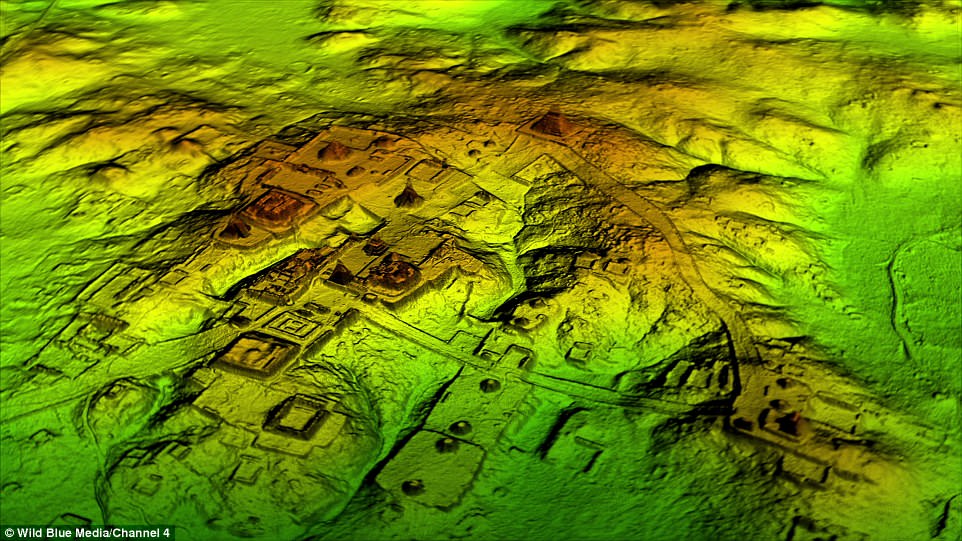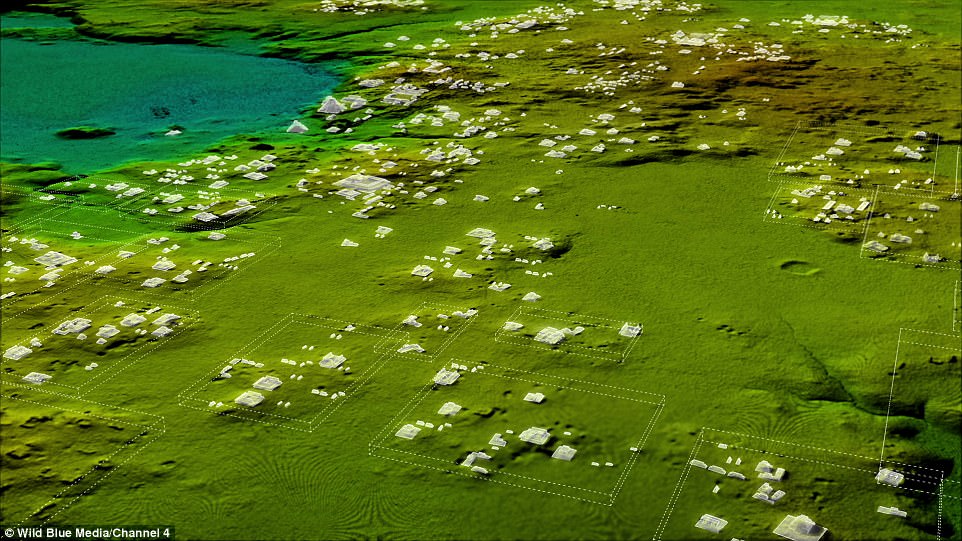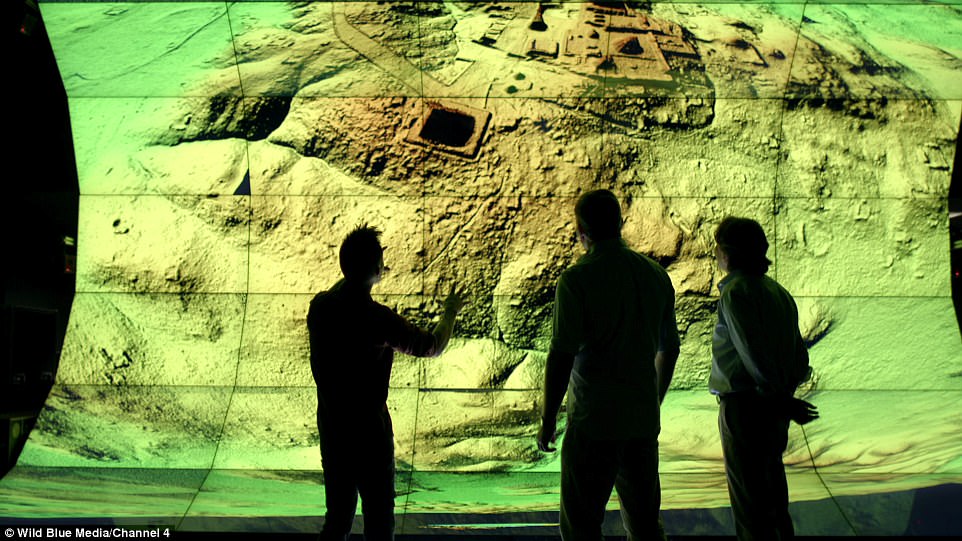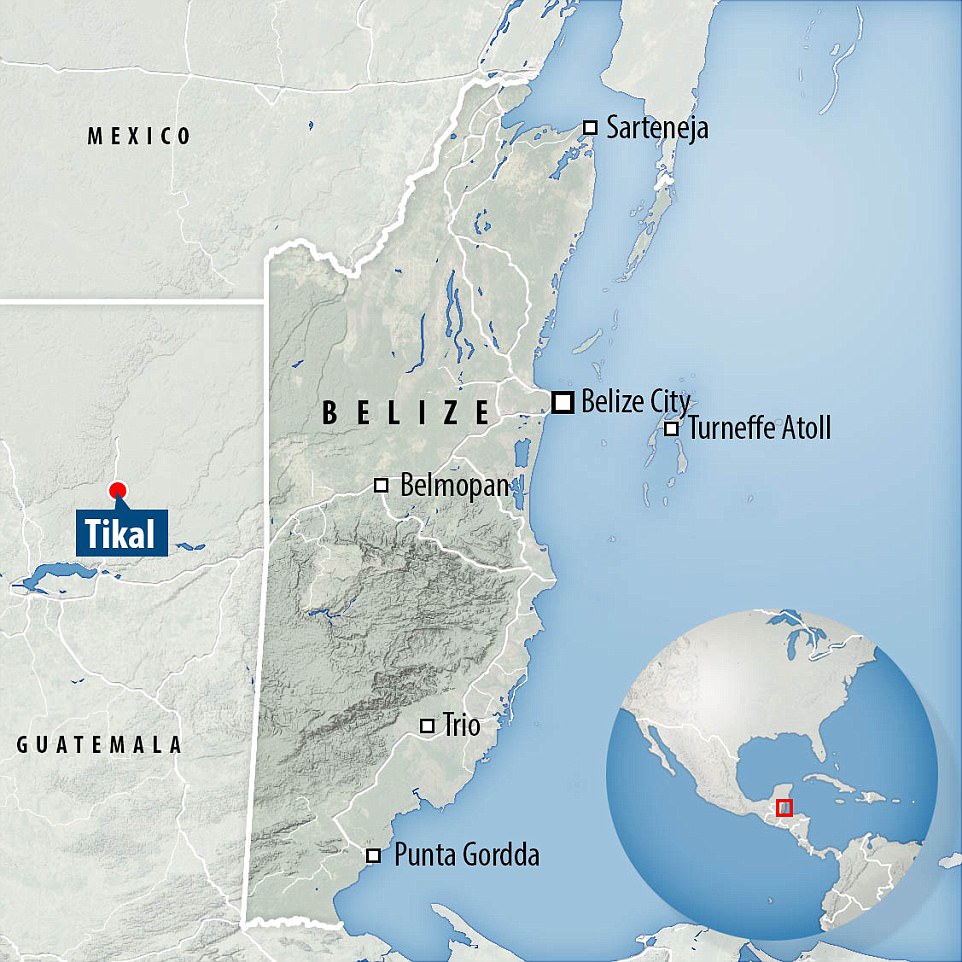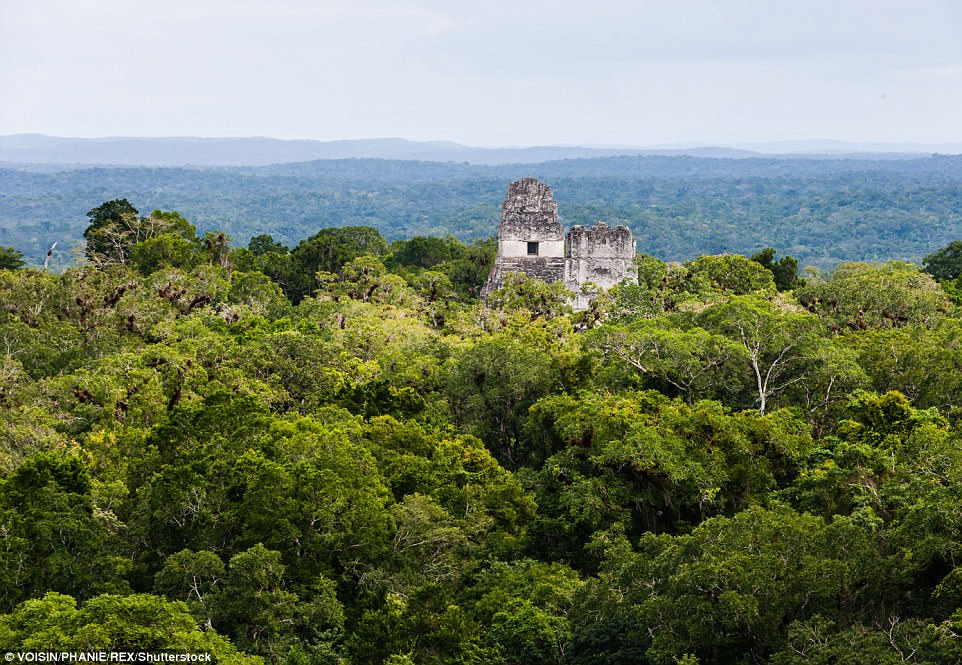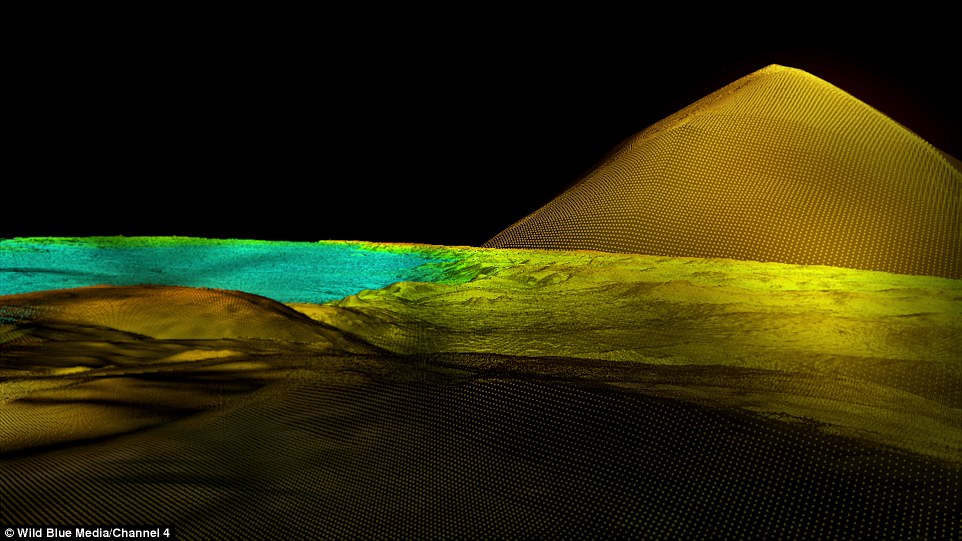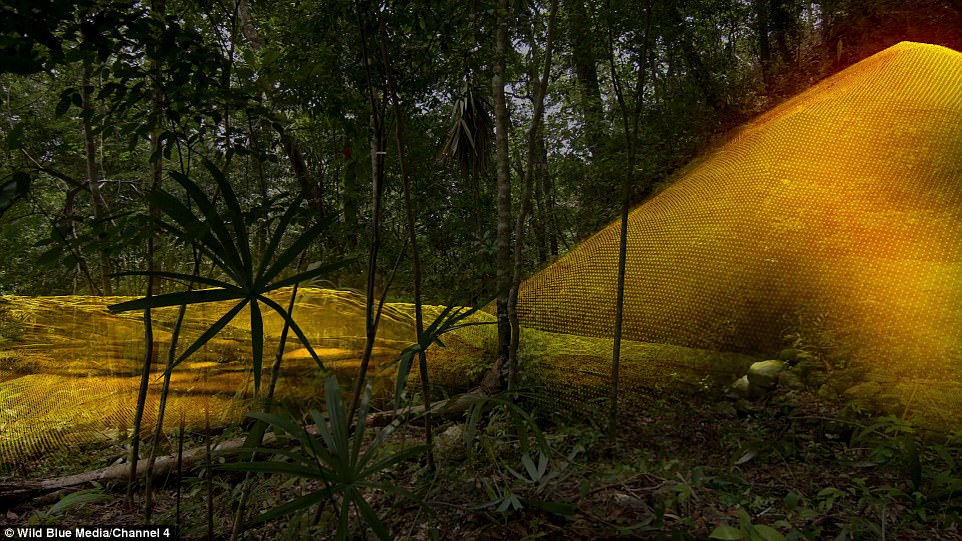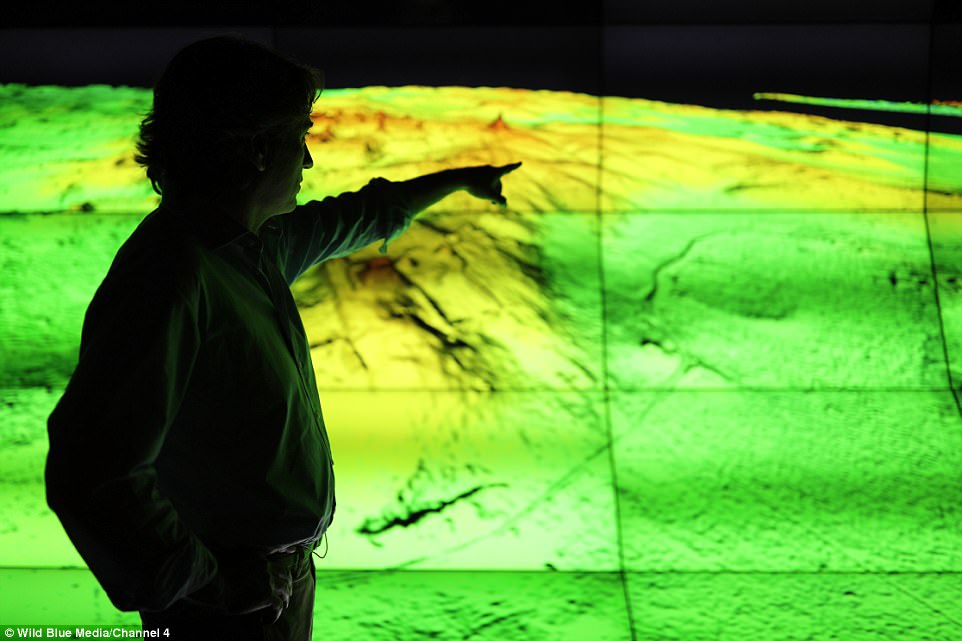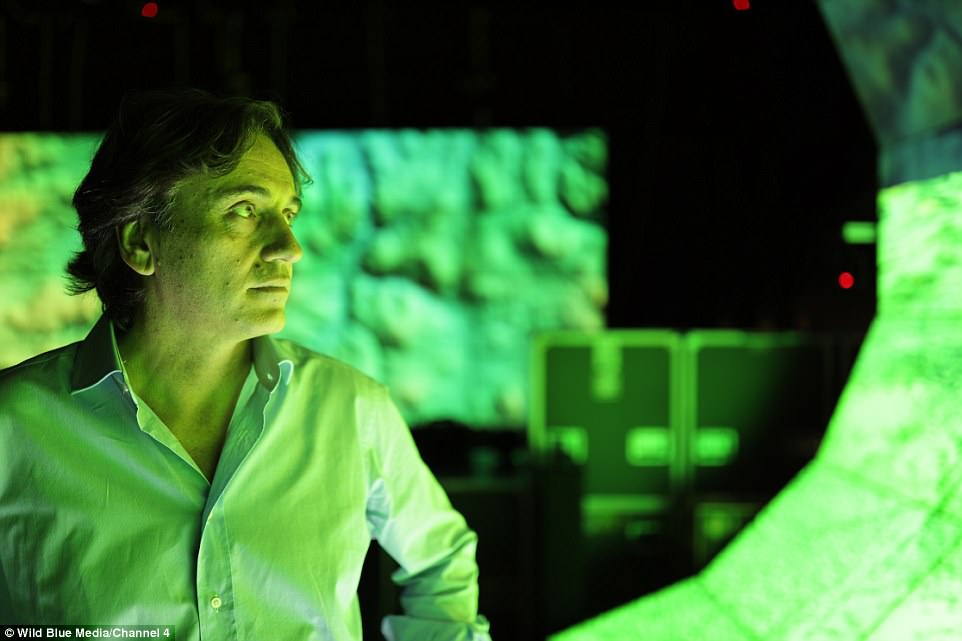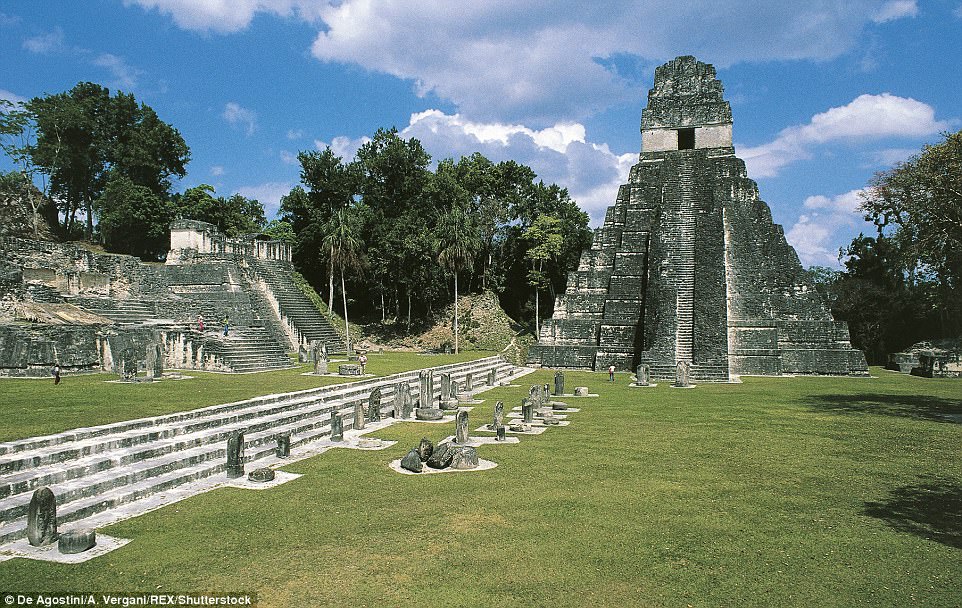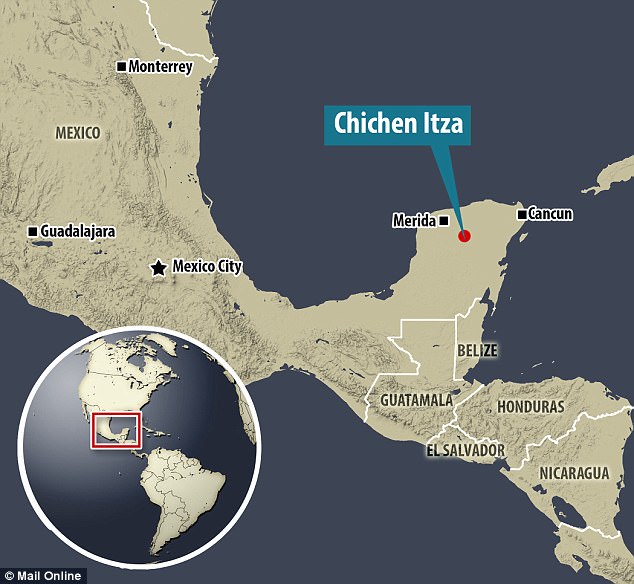وجد باحثون يستخدمون تقنية الخرائط الجوية فائقة التكنولوجيا عشرات الآلاف من منازل ومباني وأعمال دفاع وأهرامات غير مكتشفة تعود إلى حضارة المايا في غابة بمنطقة “بيتن” بغواتيمالا، ما يشير إلى أن ملايين أخرى من شعب المايا عاشوا هناك بشكل أكبر مما كان متوقعا.
والاكتشافات، التي تضمنت حقولا زراعية ضخمة وقنوات ري أعلن عنها، الخميس، من تحالف مكون من علماء آثار من أميركا وأوروبا وغواتيمالا يعملون مع مؤسسة تراث وطبيعة المايا في غواتيمالا.
وتقدر الدراسة أن حوالي 10 ملايين شخص ربما يكونوا قد عاشوا داخل الأراضي السفلى للمايا، ما يعني أن مثل هذا النوع من إنتاج الغذاء الضخم كان مطلوبا.
وقال أستاذ علم الاجتماع الإنساني في جامعة تولين، مارسيللو كانوتو: “هذا أكبر مرتين أو 3 مرات مما كان الناس يتحدثون عنه هنا”.
واستخدم الباحثون تقنية تحديد مواقع يطلق عليها “ليدار” وهي اختصار لكشف وامتداد الضوء، وتعمل التقنية ببث ضوء الليزر على الأرض والكشف عن الجيوب المخبئة بين أوراق الشجر الكثيفة.
وكشفت الصور عن تغيير المايا للمكان بطريقة أوسع بكثير مما كان معتقدا، وفي بعض المناطق، زرع نحو 95 بالمئة من الأراضي المتاحة.
وقال فرانسيسكو إسترادا بيلي، مساعد باحث في جامعة تولين: “زراعتهم كانت أكثر كثافة بكثير، وبالتالي أكثر استدامة مما ظننا، كانوا يزرعون كل شبر من الأرض،” مشيرا إلى أن شعب المايا القديم جفف مناطق المستنقعات التي لم تكن تعتبر صالحة للزراعة آنذاك.
وتشير أسوار الدفاع المعقدة وأنظمة الخنادق والحواجز وقنوات الري إلى قوة عمل عالية التنظيم.
